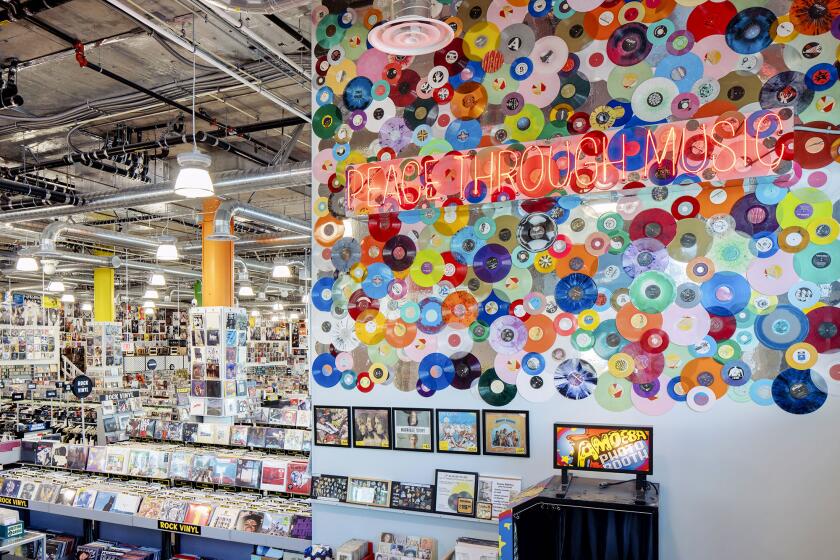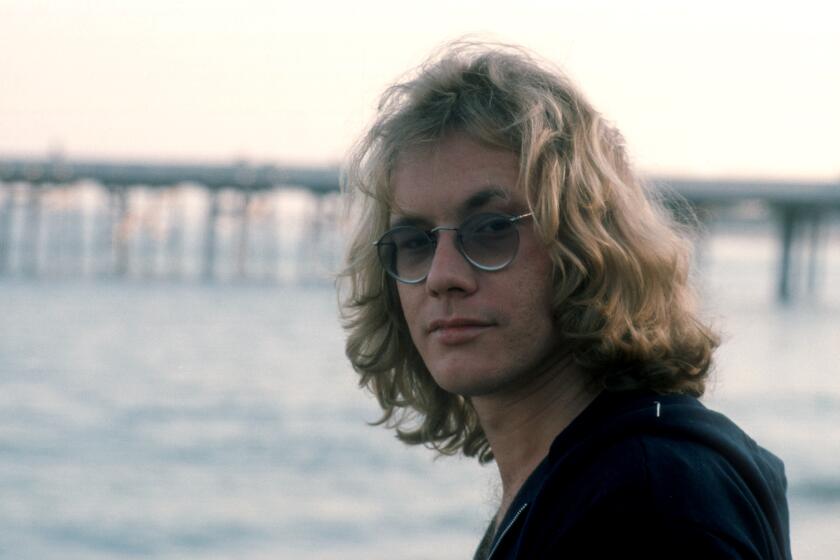L.A. confidential: The untold stories behind some of the greatest songs of the 1970s and beyond
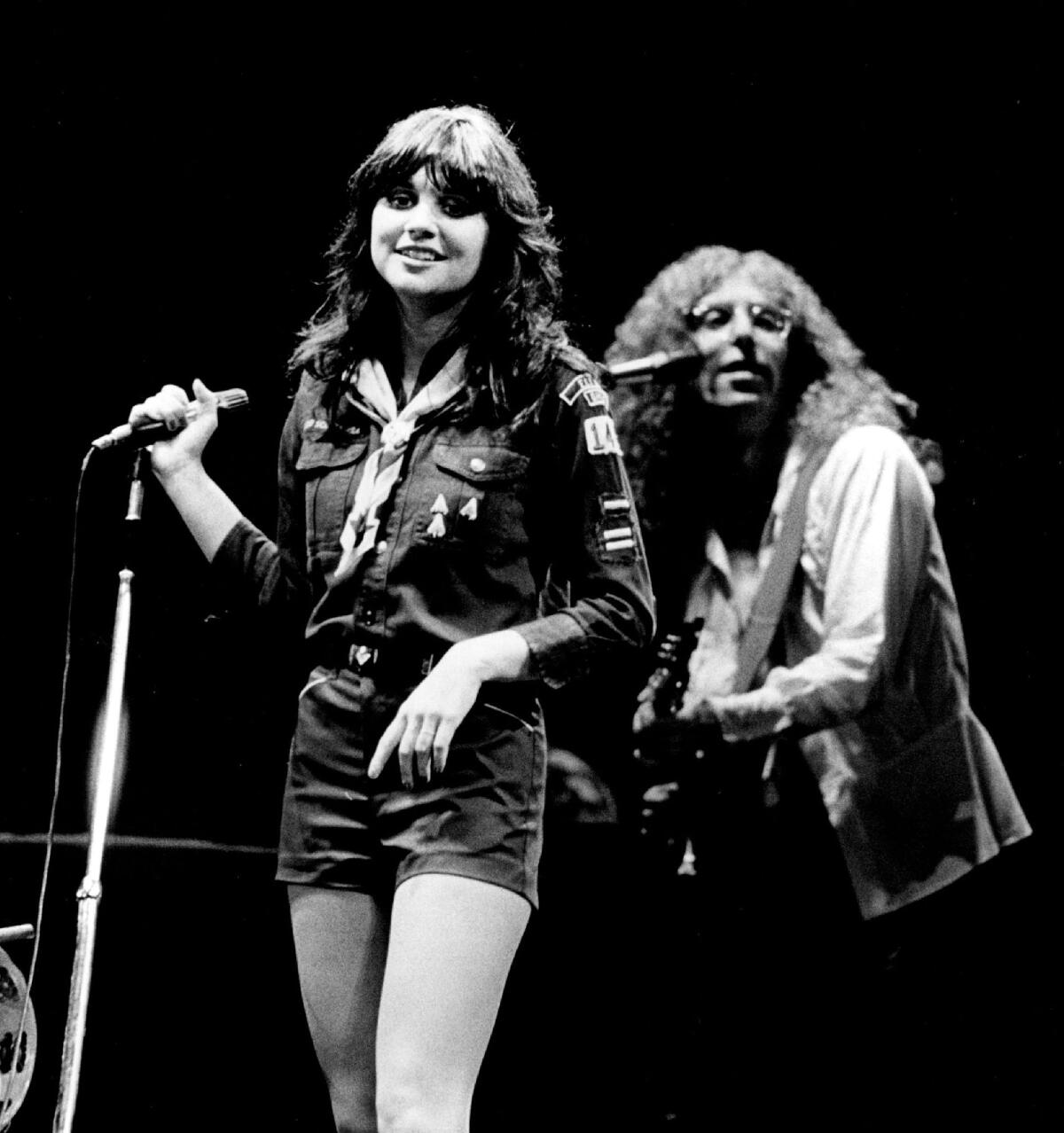
About 50 years ago, a quartet of L.A. session musicians became so synonymous with the era-defining soft-rock scene — headlined by James Taylor, Carole King, Jackson Browne, Linda Ronstadt, Crosby, Stills & Nash and Fleetwood Mac among others — that they were dubbed the Mellow Mafia.
Danny Kortchmar (guitar), Russ Kunkel (drums), Leland Sklar (bass) and Waddy Wachtel (guitar) made their way to Los Angeles through various sliding doors. By the early ’70s, they frequented the same studios, worked with the same engineers and played the same sessions. Championed by the English producer Peter Asher, the four became in-demand separately and in different configurations for their technical capabilities, inventiveness and gift for bringing live sound to the studio.
In 1971, Kortchmar and Kunkel appeared on King’s bestselling, Grammy-winning “Tapestry” and were joined by Sklar on Taylor’s “Mud Slide Slim and the Blue Horizon.” Two years later, Wachtel played on Stevie Nicks and Lindsey Buckingham’s debut, “Buckingham Nicks,” and Wachtel and Kunkel helped shape Nicks’ 1981 solo debut, “Bella Donna.” All four have joined Ronstadt, Browne and Taylor on tour. And that’s just the tip of the iceberg: Individually and together, they’ve appeared on about 5,000 albums.
A new documentary about the group, “The Immediate Family,” will premiere Tuesday at Laemmle NoHo and debut in theaters and on streaming platforms Friday. Directed by Denny Tedesco (who made “The Wrecking Crew!,” about an earlier generation of renowned session musicians), the film chronicles the foursome’s decades-long work with musical icons through original interviews and archival footage. It’s named after the group’s current band with fifth member Steve Postell, which is set to release a new album, “Skin in the Game,” in February.
“We’ve been around such amazing people for so long that we’re sort of used to the attention, observing it and being a part of it,” Sklar explains of the film. “But seeing the movie is sort of a strange reality. We realize, ‘Oh my God, this is actually just about us. Wild.’ ”
On a Zoom call from their homes in Los Angeles and a hotel room in Phoenix (Wachtel is on tour with Nicks), the four musicians gathered to tell the stories of 13 of their classic tracks.
In the wake of multiple lawsuits filed against him, former members of Combs’ inner circle told The Times that his alleged misconduct against women goes back decades.
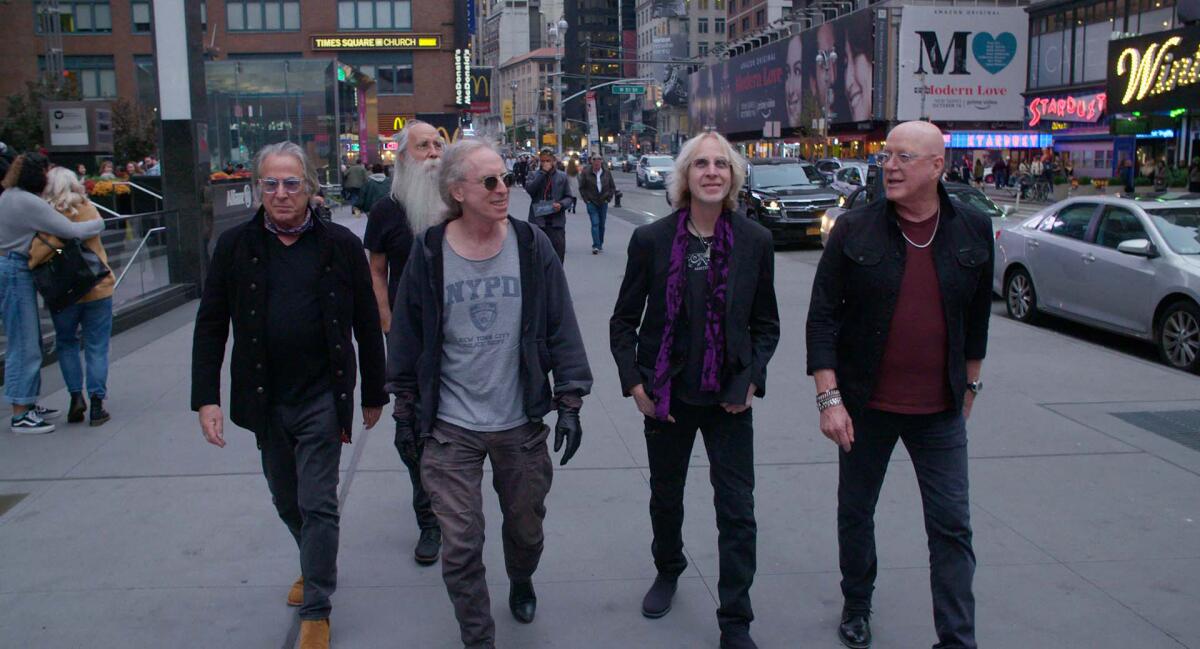
1. James Taylor, “Country Road” (1971)

“I was one of the first people who heard it; he played it for me on acoustic guitar,” Kortchmar says. The pair spent summers together on Martha’s Vineyard as teenagers and Kortchmar — known as Kootch among musicians — says the Taylor classic echoes that time: walking country roads, and hitchhiking to beaches or parties. Kunkel adds that Taylor has a unique guitar style. “He kind of plays the bass part with his thumb. That song, the way he phrased it, made me… play the way his guitar was moving, so there was no conflict, no flaming.”
2. Carole King, “I Feel the Earth Move” (1971)

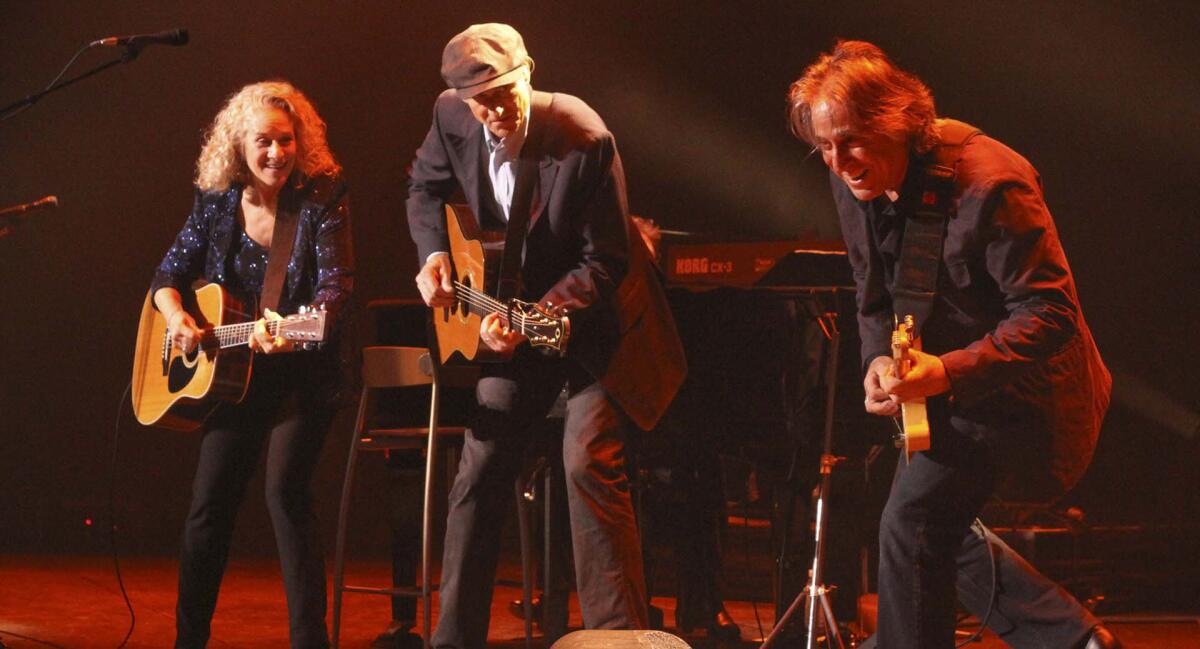
During the making of “Tapestry,” King and Kortchmar were neighbors in Laurel Canyon, and they rehearsed the songs at her house. This preparation made the sessions move quickly. They used lead sheets instead of fully written-out arrangements, and played everything live. “The [guitar] solo on it was played off the floor,” he says of the album’s lead single. “I didn’t really have time to think about it. The idea of playing a solo didn’t scare me at the time. It scares me a lot more now.”
Carole King left her life in New York for L.A., and with the support of friends like James Taylor wrote “Tapestry,” one of the best-loved albums ever.
3. Jackson Browne, “Doctor, My Eyes” (1972)

Kunkel and Sklar contributed to Browne’s self-titled debut, and recall tracking this hit in a large open room at Crystal Sound, formerly in Hollywood. Sound leakage was the biggest concern as the trio, with Browne on piano, played live. “I played a conga part because we were able to baffle [partition] that off,” Kunkel says. “The drums were overdubbed… that’s one of the reasons that song sounds the way it does, because the drums are really big and loud. There was nothing interfering with it.”
4. The Section, “Doing the Meatball” (1972)

Kortchmar, Kunkel and Sklar’s first band together, a jazz fusion outfit called the Section, originated on tour with Taylor. After brief soundchecks with the singer, the trio, along with keyboardist Craig Doerge, stayed on stage and jammed. “James came up with the name the Section,” Kunkel says. The group made two albums for Warner Bros., and one for Capitol, and toured with the Mahavishnu Orchestra in 1973. Despite some evident enthusiasm, they fizzled out by the late ’70s. “Nobody bought them,” Sklar said of their albums. “We had a real strong cult following… but it ran its course.”
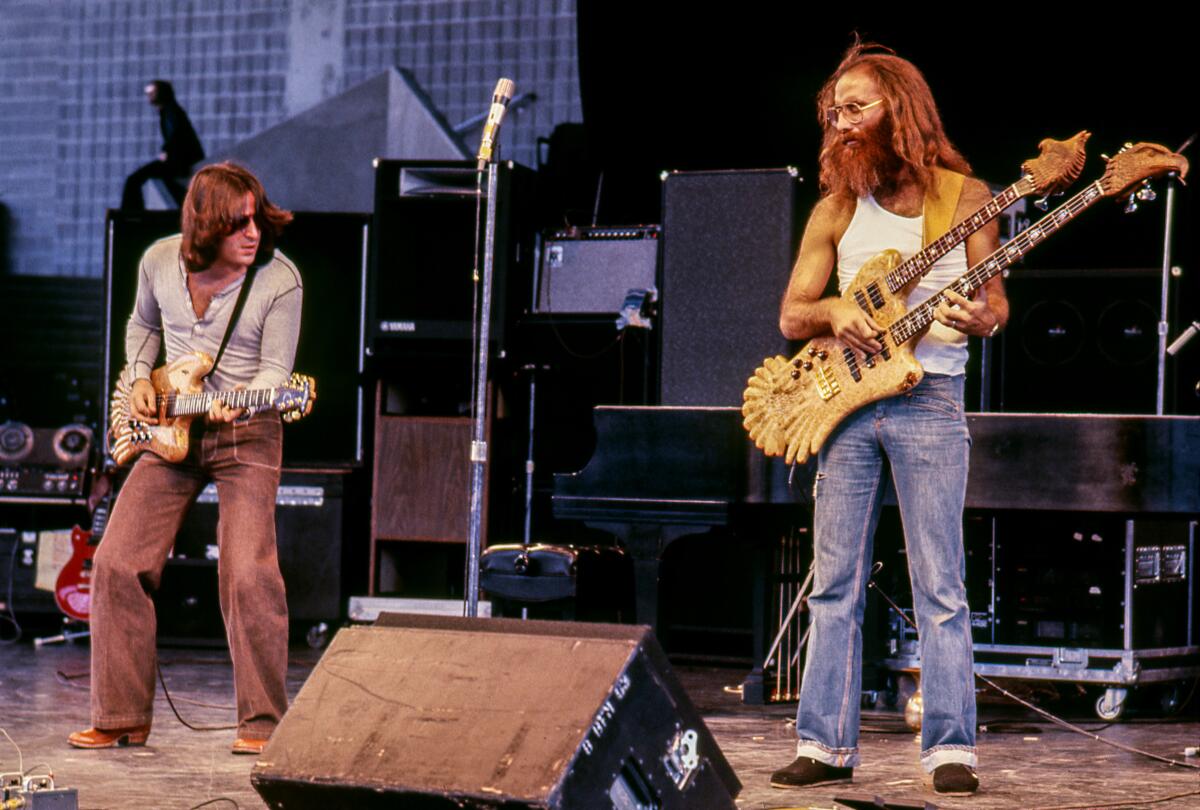
Whether you’re a vinyl newbie or hardcore collector, a K-pop stan or a crusty punk, a Latin music fan or a weekend DJ, these record stores have something for everyone.
5. Fleetwood Mac, “Sugar Daddy” (1975)

Wachtel fell in with the members of Fleetwood Mac amid various sessions at the storied Van Nuys recording studio Sound City. He met Nicks and Buckingham during the making of their self-titled debut, when he was tracking a solo album, and then ran into the full band in the succeeding years. “It just turned out that we were all together a lot of the time during those early Fleetwood Mac sessions,” he said. “And finally Lindsey said, ‘Waddy, you gotta play on this song.’ I was delighted.”
6. Hall & Oates, “Rich Girl” (1976)

Sklar played bass on three albums by the Philadelphia duo: “Daryl Hall & John Oates,” “Beauty on a Backstreet” and “Bigger Than the Both of Us,” which produced this No. 1 single. “It was a really funny experience,” he says. This was because of KISS. According to Sklar, the blood-spitting rockers were working on a song in the neighboring studio, and they’d been there for about a week. “We spent the week there and cut the album, and when we left, KISS was still working on that same song,” he says. “Like, what the hell’s going on?” He adds that the recording process with Hall & Oates was always pleasant, natural and quick. “It’s really weird seeing that they’ve got some litigation going on; it always saddens me when I see something like that. It seemed so great when we were working together.”
7. Crosby, Stills & Nash, “Just a Song Before I Go” (1977)

“This is such a special song because it’s the story of all of our lives,” Kunkel says. “We’re home for a little while and then you have to go back out on the road again.” He adds that Stills had an almost psychic understanding of guitar sounds and “always knew exactly what to do.” The drummer and Sklar spent years playing with the trio in different configurations and Kunkel says that work changed his career. “They were really great mentors.”
8. Linda Ronstadt, “Blue Bayou” (1977)

Wachtel says Asher’s approach with Ronstadt was for her to perform in the studio as if she was on stage. This decree also applied to the band. “That’s why he wanted us to go on the road with her, to get used to playing the songs live,” he says. “Her vocal on that [‘Blue Bayou’] is the live vocal we played to. I played acoustic guitar and the only overdubs on it were Don Henley and Kenny Edwards singing backgrounds.”
9. Warren Zevon, “Werewolves of London” (1978)

Wachtel and Zevon met while playing with the Everly Brothers in the early ’70s, and it was Phil Everly who inspired the song. Wachtel says he was visiting a friend, LeRoy Marinell, in London, when he received a call. “Warren said, ‘I can’t believe you’re there. I got a call from Phil and we have to write this song called ‘Werewolves of London,’ ’’ Wachtel recalls, adding that Everly had recently watched the English horror film of the same name. Lee Ho Fook in Chinatown was where Wachtel had eaten dinner, and he wrote the song’s first verse on the spot. “LeRoy had this guitar lick he’d been sitting on for about two years, the main lick you hear,” he says. “We tried it in a million songs and it had never worked before.” Wachtel says he also suggested the song’s memorable howl. Tracking it, however, wasn’t so easy. Wachtel and Browne, who co-produced the album “Excitable Boy,” tried more than 10 different studio drummers and bassists before deciding on Mick Fleetwood and John McVie, and they recorded around 60 takes. “It was like a movie,” Wachtel says, “making that simple song become the record it was.”
The singer-songwriter is a nominee for induction into the Rock & Roll Hall of Fame, as well as the subject of a tribute concert and a forthcoming documentary.
10. Stevie Nicks, “Edge of Seventeen” (1982)

Wachtel says Nicks made a demo with Kunkel’s drum part, but the guitar part — with its rapid-fire chugging — was being done with an echo. “I told [producer] Jimmy Iovine I’m not going to do that,” he explains. It turned into one of the most incredible moments of his career. “Stevie was on fire and she sang live through it. She may have redone some of the vocal, but what she sang was so inspiring,” he says. “Russ’s drums were magnificent, and I just kept chugging away.” Kunkel remembers Iovine’s thoughtfulness in the studio. “People think of Jimmy as this mogul, but what gets lost is he’s a great producer,” he says, adding that Iovine always stood on the floor in headphones to make sure the band was hearing the best mix. “He’d have the same physical feelings as we’d have as we’re playing a track. So he knew when it was good.”
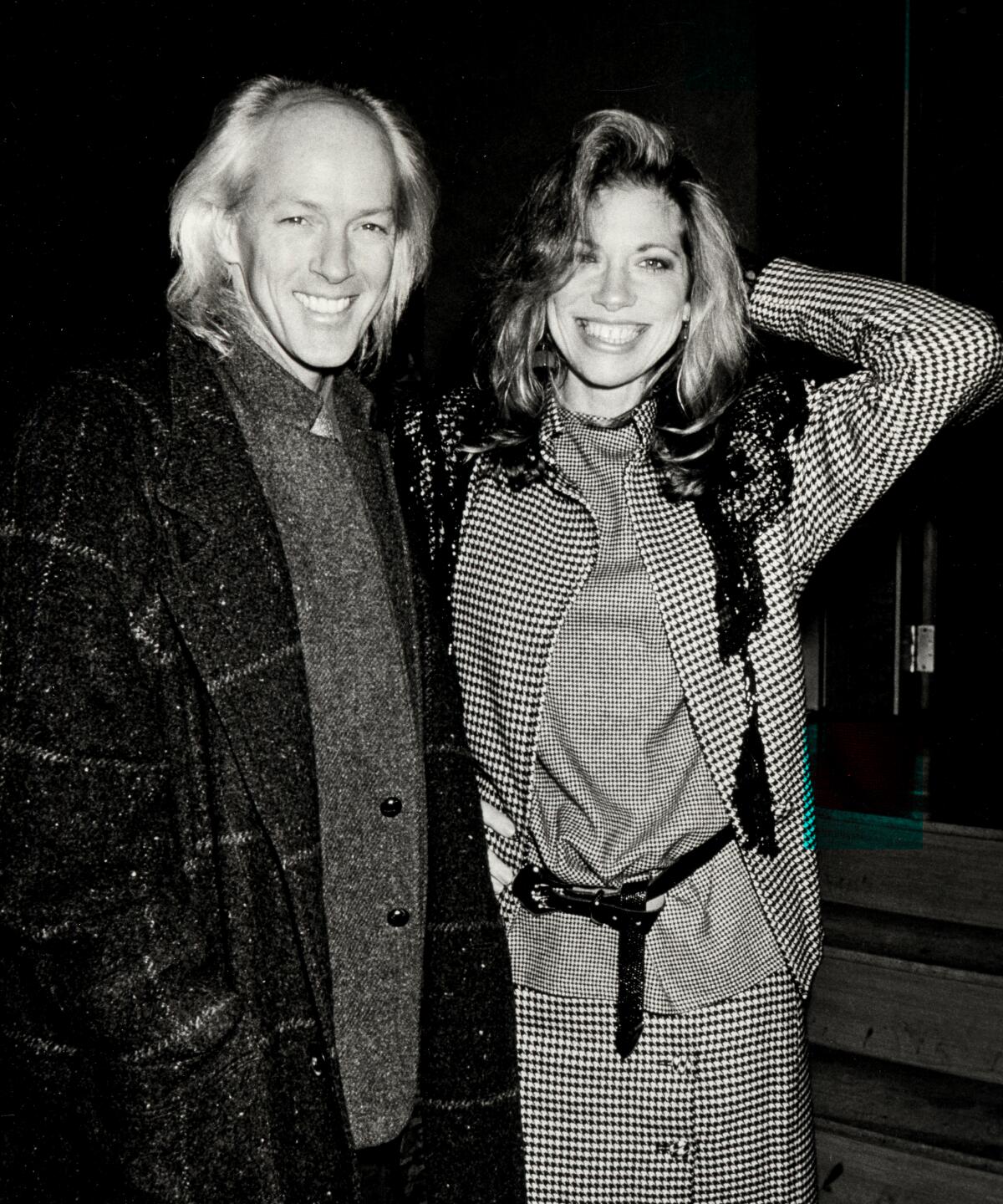
11. Jackson Browne, “Somebody’s Baby” (1982)

Kortchmar says the highest-charting single of Browne’s career made him a bit uneasy at first. “He didn’t put it on his album [‘Lawyers in Love’] because he was afraid it was too pop and not Jackson Browne enough,” he explains. The song, which appeared in Cameron Crowe’s film “Fast Times at Ridgemont High,” was co-written by the pair. Kortchmar says he already had the lyrical hook, “must be somebody’s baby,” plus the changes and guitar hooks, when the director came knocking. “Jackson later realized it’s a terrific song,” the guitarist adds, “and now he plays it all the time at his shows.”
12. Don Henley, “All She Wants to Do Is Dance” (1984)

When Kortchmar was working with Henley in the ’80s, he says the Eagles’ drummer was hot for the newest gear. “We had one of the first Yamaha DX7s in the country,” he recalls. When writing the second single from the singer’s “Building the Perfect Beast,” Kortchmar used a sample from the synthesizer and ran it through distortion. “That’s the cement mixture sound you hear,” he explains. “The next morning, I woke up and wrote the lyrics in about 10 minutes.”
13. John Mayer, “Half of My Heart” (2009)

Mayer may be holding an acoustic guitar in the video for his Grammy-nominated single, whose original version features Taylor Swift, but he wasn’t the one who played it on the recording. “The producer Steve Jordan called me and said, ‘You’ve got to come play the acoustic part on this because it’s not settling in,’ ” Wachtel recalls, adding that he and the drummer Steve Jordan developed a “real lock between his high hat and my right hand strumming the acoustic guitar.”
More to Read
The biggest entertainment stories
Get our big stories about Hollywood, film, television, music, arts, culture and more right in your inbox as soon as they publish.
You may occasionally receive promotional content from the Los Angeles Times.


